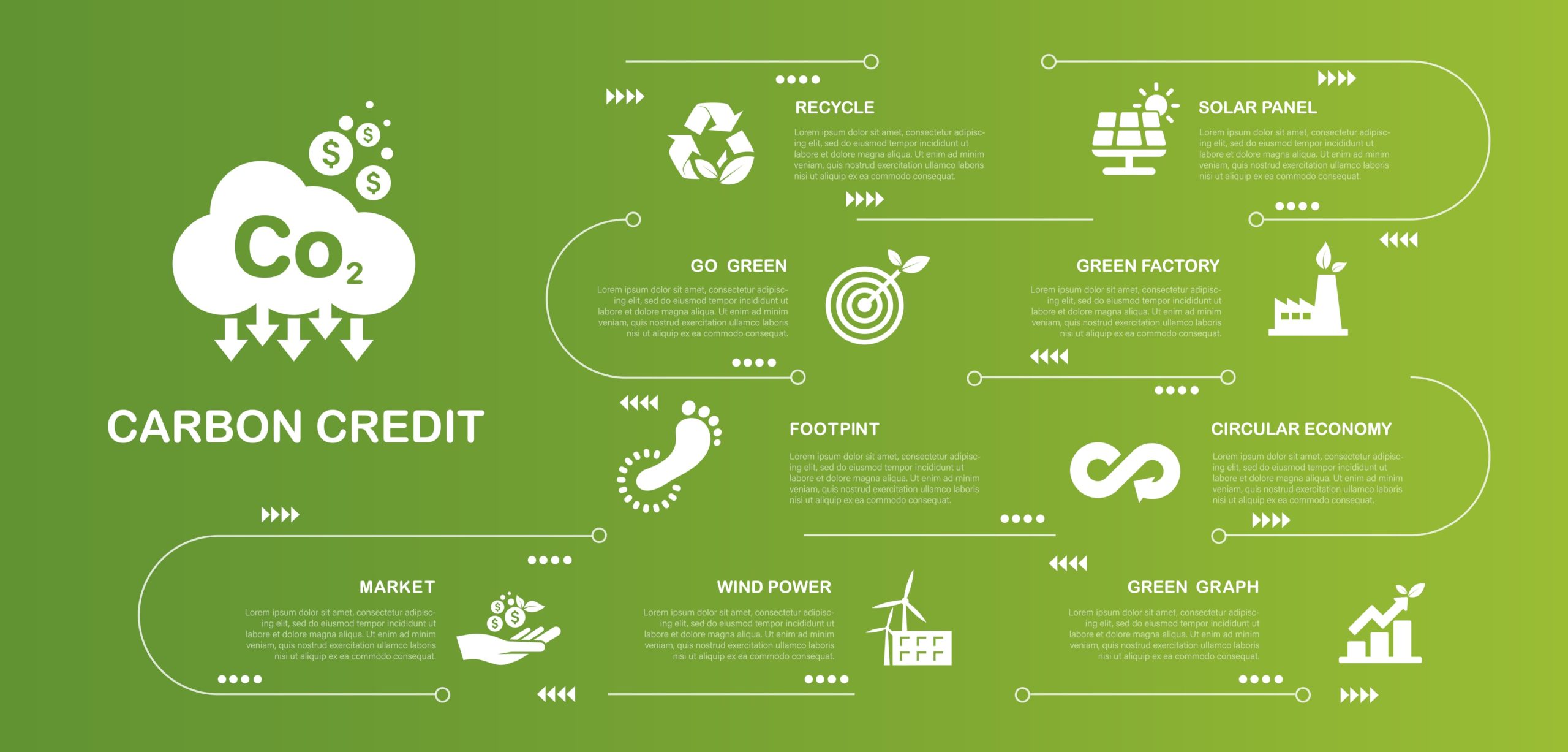When you fly, you’re contributing to carbon dioxide emissions that impact the environment. Carbon offset for flight provides a way to balance these emissions by investing in projects that reduce greenhouse gases elsewhere the flying economy. This guide will help you understand how to find and choose the best carbon offset options for your flights, get carbon credit and ensuring you make a meaningful contribution to combating climate change.
Understanding Carbon Emissions
What are Carbon Emissions and How Do They Impact the Environment?

Carbon emissions, specifically carbon dioxide (CO2) emissions, significantly impact the environment by contributing to climate change. The aviation industry is a major source of these emissions, accounting for approximately 2.5% of global CO2 emissions.
When airplanes burn fuel, they release carbon dioxide and other greenhouse gases into the atmosphere, which trap heat and lead to global warming. By understanding the role of carbon emissions generated from flights, you can appreciate the importance of offsetting these emissions to mitigate their environmental impact.
Moreover, the aviation industry’s contribution to carbon emissions is expected to grow as air travel becomes more accessible and affordable. This increase in air travel means a corresponding rise in CO2 emissions unless significant steps are taken to reduce and offset these emissions.
Thus, offsetting carbon emissions from flights is not just about reducing emissions neutralizing current emissions but also about preparing for and mitigating future environmental impacts.
Calculating Your Carbon Footprint

How Are Carbon Emissions Per Flight Calculated?
To calculate carbon emissions per flight, you can use a flight emissions calculator. These calculators consider various factors such as flight distance, fuel consumption, and passenger weight. More comprehensive tools also account for the class of travel, type of aircraft, fuel efficiency, and occupancy rate, providing a more accurate estimate of offset your flight and carbon footprint.
For instance, a flight from London to New York will have a different carbon footprint than a shorter domestic flight within the UK. The type of aircraft used, the efficiency of the engines, and even the number of passengers on board can influence the total emissions.
By understanding your airline emissions here, you can take steps to offset them and contribute to carbon-neutral air travel through offsetting programs. This awareness also empowers you to make more informed choices about your travel habits.
Reducing Your Carbon Footprint
Tips for Reducing Carbon Emissions from Flights
There are several strategies to minimize your carbon emissions from air travel:
- Opt for alternative transportation for short-haul trips, such as trains or buses.
- Choose airlines with modern, fuel-efficient fleets.
- Fly direct whenever possible and select economy class over business or first class.
- Engage with airlines about their carbon offset policies and support those investing in sustainable technologies.
Many airlines now offer carbon offset programs during the booking process, allowing you to compensate for your flight’s emissions.
These programs fund various projects aimed at developing countries and at reducing greenhouse gases.
Understanding Carbon Offsets

What Are Carbon Offsets and How Do They Work?
Carbon offsets are credits that represent the reduction of one ton of carbon dioxide or its equivalent in other greenhouse gases. The process involves calculating the emissions from a specific activity, like a flight, and offsetting them by investing in projects that reduce emissions elsewhere.
It’s essential to choose reputable carbon offset schemes, as not all are regulated. Consulting certified environmental organizations can help identify credible and effective options.
Common carbon offset projects include reforestation, which involves planting trees to absorb CO2, and renewable energy initiatives, which focus on developing wind, solar, and hydro power projects to replace fossil fuel use.
By investing in these projects, you can effectively balance out the emissions from your air travel, making a tangible difference in the fight against climate change.
Choosing a Carbon Offset Scheme
What Are the Different Types of Carbon Offset Schemes?
There are various carbon offset schemes available, including those focused on forestry and renewable energy projects. Some airlines offer carbon offset programs as part of the booking process, allowing customers to offset their flight emissions by funding certified projects. These projects can range from reforestation efforts to the development of renewable energy sources.
Look for schemes certified by reputable organizations like the Verified Carbon Standard (VCS) or the Gold Standard to ensure transparency and effectiveness.
These certifications guarantee that the projects you support are making a real impact on reducing greenhouse gas emissions. Additionally, some schemes may offer added benefits such as supporting local communities or biodiversity conservation, making your contribution even more valuable.
Evaluating Carbon Offset Schemes
How to Evaluate the Legitimacy of a Carbon Offset Scheme
To ensure the legitimacy of a carbon offset scheme, check if it is certified by a reputable organization. Look for transparent information about the projects funded and the emissions reductions achieved. Prioritize schemes that offer additional benefits, such as supporting sustainable development or community projects.
When evaluating carbon offsets, transparency, additionality, and permanence are crucial factors. Transparency ensures that you have access to detailed information about how your money is used. Additionality confirms that the emissions reductions would not have occurred without your investment. Permanence guarantees that the carbon savings are long-lasting and not easily reversed.
This ensures that your contribution effectively supports long-term environmental goals.
Buying Carbon Offsets
How Can I Buy Carbon Offsets for My Flight?

You can purchase carbon offsets directly from airlines or through third-party organizations. Some airlines have their own offset programs, while others partner with external providers. It’s important to choose reputable programs to get carbon offset flights ensure your contribution is effective.
Organizations specializing in carbon offsetting, such as Carbonfund, offer various options tailored to different needs.
By purchasing carbon offsets purchased here, you can help mitigate the environmental impact of your air travel. These programs typically provide detailed information about the projects they support, allowing you to see the direct impact of your contribution.
The Cost of Carbon Offsets
How Much Do Carbon Offsets Cost?
The cost of carbon offsets varies depending on the scheme and the exact amount of emissions being offset. Prices can range from £0.27 to £6.75 per ton of CO2, depending on the project type and certification. Some schemes offer a fixed price per ton, while others use a sliding scale based on emissions.
Understanding the cost helps you make informed decisions about offsetting your flights. While some may view the cost as an additional expense, it is a small price to pay for the environmental benefits. By investing in carbon offsets, you are not only reducing your own carbon footprint but also supporting broader climate action initiatives.
Making a Difference
Why Should Travelers Buy a Carbon Offset?
Purchasing a carbon offset helps reduce the environmental impact of air travel. It provides a way for travelers to take responsibility for their carbon footprint and support projects that mitigate climate change. By investing in carbon offsets, you contribute to the reduction of greenhouse gas emissions and the promotion of sustainable practices.
Furthermore, buying carbon offsets can inspire others to take similar actions, creating a ripple effect of positive environmental impact. As more people become aware of and participate in offset programs, the collective efforts can lead to significant reductions in global emissions.
Taking Action
What Else Can I Do to Reduce My Impact?

In addition to offsetting flights, reduce your overall carbon footprint by making eco-friendly choices in your daily life. Advocate for policies and technologies that reduce greenhouse gas emissions and consider offsetting other activities, such as driving or energy consumption.
Simple changes, like using public transport, reducing energy consumption at home, and supporting sustainable products, can collectively make a big difference.
By taking a comprehensive approach to reducing your carbon footprint, you can make a significant impact.
